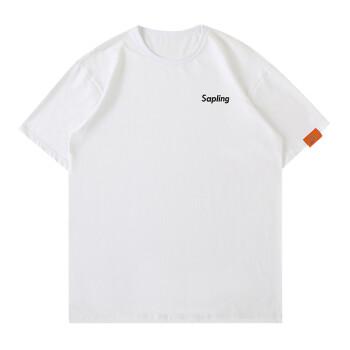Polyester and nylon fabrics are two common synthetic fiber materials, and they have some differences in breathability. The following is a comparison and analysis of the breathability properties of polyester fiber and nylon fabrics:
1. Polyester fiber:
Polyester fiber It is a synthetic fiber material with good wear resistance and fading resistance. Polyester fibers are generally relatively poor when it comes to breathability. Its thermal conductivity is low and it is not easy to dissipate heat, so it is easy to feel stuffy at high temperatures. Polyester fiber is commonly used to make coats, shirts, and pants.
Although polyester fiber has relatively poor air permeability, its air permeability can be improved through certain treatment methods, such as special textile technology and processing technology. For example, adding microporous structures to polyester fibers or making the fiber surface more regular can increase the possibility of gas penetration and improve breathability. In addition, the fiber fineness of the fiber material and the spinning/weaving process will also have a certain impact on the breathability of polyester fiber.
2. Nylon fabric:
Nylon is a synthetic polyamide fiber with excellent strength and wear resistance. Nylon fabrics have better breathability than polyester fibers. Nylon is a lighter, softer fabric with wider gaps between fibers to better allow air and water vapor to pass through. This allows the nylon fabric to have better ventilation and moisture dissipation capabilities, keeping the body dry and comfortable.
The breathability of nylon fabrics is also related to the textile process. For example, nylon fabrics can be made more breathable using special weaving methods, such as mesh. In addition, the sweat-wicking technology of the fiber and the treatment of the fabric surface can also affect the breathability of nylon fabrics.
It should be noted that whether it is polyester fiber or nylon fabric, its breathability is also affected by other factors, such as fiber density, fabric structure, thickness and fabric processing methods, etc.
To sum up, relatively speaking, nylon fabrics perform better in terms of air permeability, while polyester fibers have relatively poor air permeability. However, through proper processing and technology, the breathability performance of polyester fiber can be improved to make it more in line with the human body’s comfort needs and wearing experience. When choosing clothing, you can choose fabrics that suit your individual activity level, climate conditions, and personal preferences.






